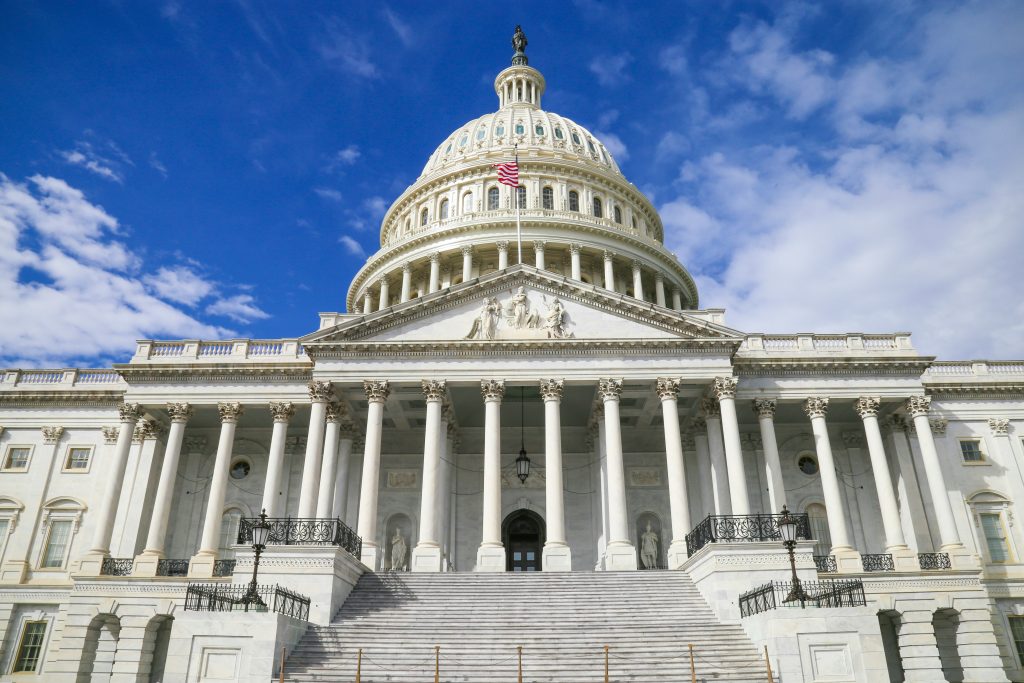
What’s Happening?
With more than 2.1 million children living in low-income households that have lead-based paint hazards, there remains a tremendous national need for remediation funding.1 HUD’s Lead Hazard Reduction Grants serve as the key means to protect those children in private housing, where the need is greatest.2 Currently, almost 200 different grantees in 40 states benefit from these grants, remediating hundreds of thousands of homes.3 Today, they are the backbone for lead poisoning prevention efforts in communities across the country.
Despite the need, statutory and administrative barriers as well as fallout from pandemic-related disruptions have resulted in HUD being unable to attract sufficient grant proposals from state and local governments to award most of the funds appropriated by Congress. By the beginning of FY24, HUD was in a very deep hole, having carried over $546 million in Lead Hazard Reduction Grant funding from the two prior years—more than 94% of the appropriations for those years.4 Lacking any proposals from HUD to address the accumulation, Congress cut Lead Hazard Reduction Grant funding by 31% in FY24 and took back $65 million in prior appropriations.5
For FY25, HUD presented Congress with a solution, asking for authority to allocate 80% of the grant funding using a formula approach, saying it will “allow more efficient distribution of funding to the highest need communities, streamline the selection and award of grants for communities facing large lead paint problems.” It also proposed to give back $155 million in prior year appropriations that it did not think it could obligate through grants in FY24.
Unleaded Kids, the Lead and Environmental Hazards Association (LEHA), and 85 lead poisoning prevention professionals have strongly encouraged Congress to adopt HUD’s proposal and award accumulated unobligated funds using the formula.
As part of the Congressional budget cycle, before August, the appropriations committees for the House and Senate are expected consider HUD’s funding needs and pass funding bills for FY25 with reports explaining their reasoning.6 Congress relies heavily on these documents when it finalizes HUD’s appropriations. You can track progress here. Note that HUD’s funding is part of a bill referred to as “THUD” since it also covers funding for transportation and related agencies.
Our Take
Congress could mistakenly conclude that HUD’s failure to award the appropriated funds is an indication that communities do not have a tremendous need for the funds. As a result, it could allow the Department to continue to struggle to distribute the funds and ultimately revert the funds. It also could cut HUD’s FY25 funds. If this perception gets established, it will be even more difficult to secure more funding in the future.
Rather, Congress should adopt an FY25 appropriations bill that addresses the statutory and administrative barriers that have hamstrung the program. It also should provide sufficient oversight to ensure that HUD follows through on its obligations.
While it can be tempting for Congress to punt the formula approach to later years, the time is now for action. The formula approach works best when there are sufficient funds available to support the highest need communities without disrupting the competitive grants program that is critical to expand the grants impact to more communities. Thanks to the accumulation of funds from FY24, HUD has sufficient funds needed to succeed.
Next Steps
Unleaded Kids will continue to advocate for Congress to adopt HUD’s proposed formula approach, decline HUD’s proposal to give back prior year funds, and consider the other options to get communities the remediation funds they need. It also will press HUD to develop the formula approach.
- Based on EPA’s current definition of lead-based paint hazards and the American Healthy Housing Survey II (AHHS II) conducted by HUD in 2018–19. ↩︎
- According to the AHHS II, “[h]ouseholds receiving Government housing assistance had a statistically significantly lower prevalence of LBP hazards (11.1%) compared to those not receiving support (19.9%).” ↩︎
- Based on Office of Lead Hazard Control and Healthy Homes’ (OLHCHH) active grantee list as of November 14, 2023, excluding grants primarily focused on technical studies or other healthy home hazards. If those grants are included, 44 states and more than 350 state and local agencies have received grants.. Remediation of lead-based paint hazard in public housing are supported by a separate grant program funding managed by HUD’s Office of Public and Indian Housing. In FY2024, it received $65M. ↩︎
- In its FY2025 Congressional Justification for the grants, HUD reports in its “Summary of Resources by Program” that it carried over into 2024 $390M for its Lead Hazard Reduction Competitive Grants Program and $156M for its Lead Hazard Reduction Demonstration Competitive Program for a total of $546M. In Congress’ appropriations for FY2022 (P.L. 117-103 on page 751 and FY2023 (P.L. 117-328 on page 703), HUD received $290M each year for Lead Hazard Reduction Grants. ↩︎
- The $90 million cut in lead hazard reduction grant funding was partially offset by an increase of $55 million in healthy homes grant funding, that may be used for lead. ↩︎
- After it passes the THUD subcommittee for each appropriations committee. ↩︎

2 thoughts on “Lead Funding: Summer 2024 Crucial for HUD’s Lead Hazard Reduction Grants”
My daughter has autism n she has struggled thru her growing ages she is now 8 but in special needs. I think all the formula n bad baby food she ate that I gave her was bad but me not knowing till this day that alot of bad things were been recalled n where or r not till this days good for our children.
Patricia, so sorry to hear of your daughter’s autism. I am glad you are there to help her. There is some evidence linking lead exposure to autism, but it is far from convincing. We may learn more in coming years. Nonetheless, it is one more reason to reduce exposure to lead from all sources whether food, soil, paint, or water.